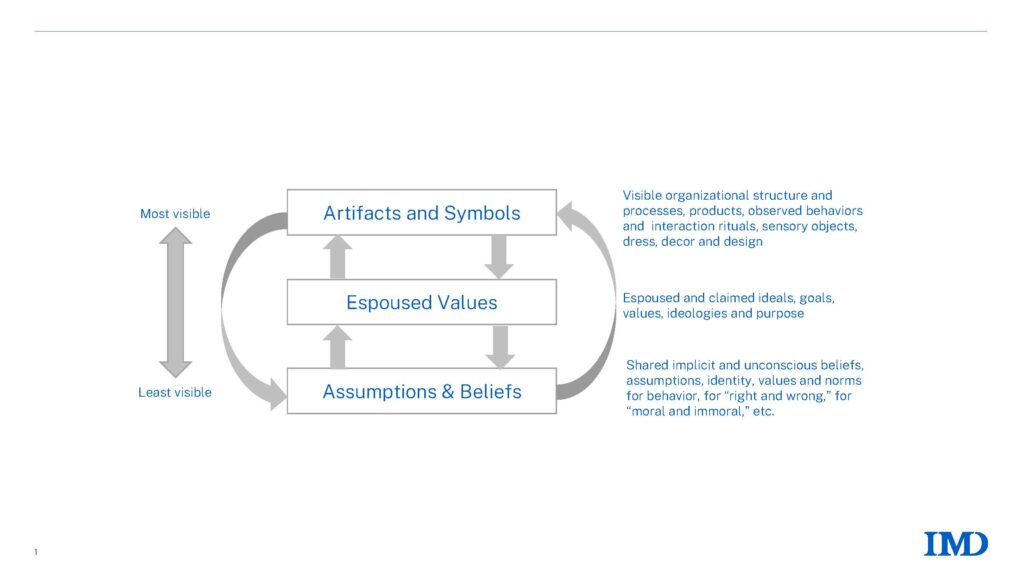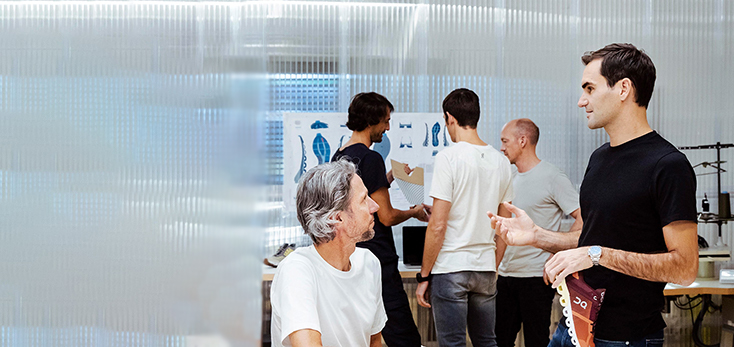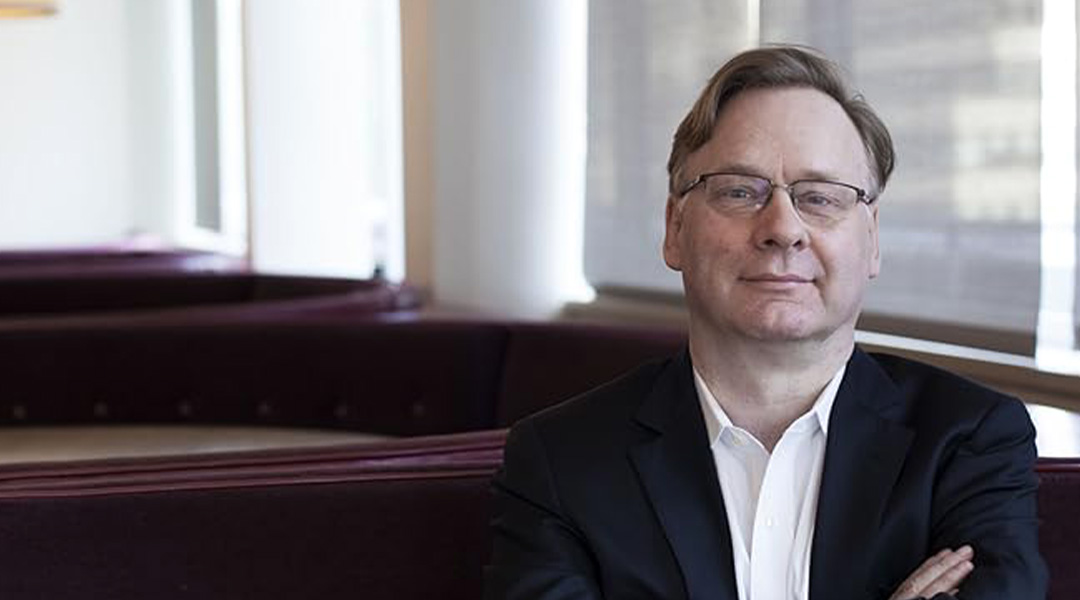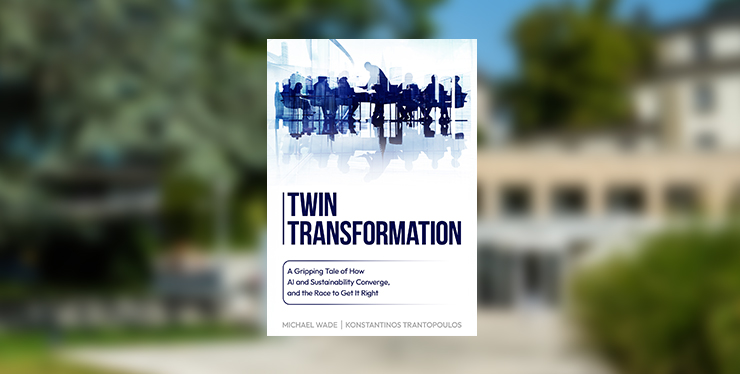At a glance
- On – one of the fastest-growing global sportswear brands – is a well-known success story.
- The company built its success on a unique entrepreneurial culture inspired by sports, movement and connection to nature.
- Despite hypergrowth and an IPO, On has been able to retain the start-up spirit from its early days.
- On’s journey offers insights into the challenges faced by fast-growing companies and how to shape corporate culture during periods of hypergrowth.
On’s story is nothing short of remarkable and inspiring. The global sportswear brand has experienced exceptional growth, transforming from a small start-up operating out of an old church into a publicly listed multinational company within just one decade. On is known across the world, partly thanks to tennis star Roger Federer, who joined On as an investor and partner. Founded in January 2010 by three friends and running enthusiasts – David Allemann, Caspar Coppetti and former professional triathlete Olivier Bernhard – On set out to revolutionize the running world with an innovative running shoe technology. The idea quickly gained traction and was immediately successful, leading to rapid expansion. In 2021 On went public in a triumphant IPO that raised $746 million. The IPO marked a major milestone, providing substantial resources to support further global expansion and propelling the company to the next level. By 2023 On had more than 1,800 employees, with 500 having joined during the pandemic.
The broader issue
Organizational culture, which is referred to as “Spirit” at On, is celebrated as fundamental to the company’s success. The core mindsets, or human “spirits,” that underpin this culture are deeply rooted in the founders’ origin story and permeate the company’s DNA. Yet On’s founding spirit was put at risk in the wake of the IPO, subsequent exponential growth and large number of new hires. Recognizing the potential threat posed by continued rapid growth, the executive leadership team understood that protecting On’s unique culture, staying committed to its purpose and preserving its Spirits were essential to securing the company’s future.
A mission to ignite the human spirit through movement
On’s culture is grounded in the deeply held belief that it is not only the human body that determines whether you cross the finish line, reach the peak or realize the dream – it is the human spirit that connects the body, mind and soul. This belief breathes life into On’s mission “to ignite the human spirit through movement.” The mission translates into the On Spirits, inspired by the values, mindsets and mentality of sports and sport teams. The company’s five Spirits can be described as qualities that shape individual behaviors and define how teams work.
- The Explorer Spirit is defined by curiosity and an entrepreneurial mindset. There is a strong belief that doing things differently – in particular, adopting a contrarian view and challenging others – will continue to give On an advantage. Empowerment is seen as a catalyst for exploration and innovation, and team members are empowered to make responsible choices, with minimal rules and processes.
- The Athlete Spirit encourages employees to strive for excellence, grow beyond their limits and step out of their comfort zone, but know when to rest and recover. Rooted in sports science and the understanding that recovery is important for athletes, both well-being and work-life balance are significant at On.
- The Team Spirit defines collaboration and can best be illustrated with the phrase “we start and cross the finish line together.” Teams are built on trust, transparency and respect. Employees are referred to as team members and are empowered and given the autonomy to make decisions without having goals precisely defined for them.
- The Positive Spirit describes a mindset of “everything is possible.” Team members are encouraged to inspire joy in those around them because positivity is contagious.
- The Survivor Spirit guides the choices surrounding sustainability and protecting the planet.
The impact of growth
As On expanded, the growing workforce increased the risk of the company’s culture being diluted: Existing team members were deeply embedded in On’s culture but new hires posed a threat; they might not fully embrace On’s culture and could import other cultural norms.
Growth led to increased complexity: With 60 countries, 39 languages and unique regional specificities, complexity surged. And with the ensuing need for more structure, agility decreased, putting the entrepreneurial Explorer Spirit at risk.
The IPO increased the pressure for efficiency: Being a public company comes with heightened accountability, to the board and the public. On had consistently overachieved on its budgets, fostering a sense of positivity and enabling increased investment instead of cuts. But was this growth realistic, and for how long? The intensified public scrutiny and pressure to “deliver the numbers” drove a new focus on finance and efficiency.
Shaping On’s culture
According to decades of work by Schein and Schein (1985; 2019),* organizational culture has several (embedded) layers (Figure 1). What you see on the surface – behaviors, artifacts and symbols – reflects underlying values and purpose. The deeper layers represent assumptions and beliefs about identity and the nature of leadership and work.
Figure 1: Levels and elements of culture

To preserve its unique culture as it continued to grow, On took various approaches to shaping all layers of its culture.
Artifacts and symbols
- Design for Spirits
To accommodate the growing workforce, a new campus for product development, design and innovation, On Labs, opened its doors in Zurich. The Labs were designed to support and drive each of the On Spirits, and the office layout was optimized to spark creativity, movement and social interaction. Around the world, On offices feature similar designs with the same cultural ambitions.
Espoused values
- Hire for Spirits
On put a special focus on hiring people who embodied the On Spirits. Seeking diversity of thought, a growth mindset and cultural fit (rather than specific experience), the company often hired industry outsiders and avoided hiring from competitors to ensure that innovation spanned beyond product into every part of the organization. A thorough eight-week hiring process was introduced, with special emphasis on culture fit. Onboarding of new hires became a key element in teaching On’s mission and values, and a partner was personally involved with each new cohort.
- Push back on public expectations and pressure
On’s investor communication strategy emphasized long-term orientation over quarterly results. Discussion with analysts and capital markets was seen as a positive challenge, an opportunity to correctly explain and publicize On’s positioning and culture.
Assumptions and beliefs
- Empower individuals and teams
Although perhaps counterintuitive, On believed that top-down control must be released even further in order to retain innovation in a scaling company. This made trust fundamental. Teams were empowered to take decisions to shape their deliverables and their role for top performance, and to care for their own mental and physical health (through flexible work and open vacation policies). This allowed On to continue scaling while retaining an entrepreneurial mindset.
- Open feedback culture
On’s feedback culture was always notably open and those who did not fit in realized it quickly. Recognizing that culture is contagious, the company was not afraid of letting go of team members who were not aligned with or inspired by its Spirits over time. Beyond this, the emphasis on open feedback ensured that managers could relentlessly reinforce target behaviors through recognition.
“We received 40,000 applications for the 300 advertised positions and selected those who brought the “Explorer Spirit” to the table.” David Allemann, On co-founder
Did it work?
On knew that the company’s unique culture had played a central role in its success. The founders continued to believe that culture was where they could make the strongest impact, and they progressively stepped away from the day-to-day business to take on the role of culture ambassadors.
The results from the 2023 Engagement Survey were encouraging: Employee satisfaction was high, demonstrated by a happiness index of 81%. Employees expressed a high level of commitment, which was also reflected in the company’s 70% retention rate. The survey highlighted several of On’s strongest areas: Employees identified and understood the company’s mission and purpose, felt that On was a place to explore and innovate, and they gave high scores to questions around team spirit, diversity and inclusion. Finally, most team members had a positive perception of the management team and believed that they were genuinely supported in terms of flexible working (hours, time off).
The new offices helped solidify the cultural DNA that drove On’s initial rapid growth. If you walk through On’s offices today, you can still feel that entrepreneurial culture from the early days.
Takeaways
As a company expands, it is important to ensure that the core values, beliefs and behaviors that define its cultural spirit are preserved and reinforced. On’s journey describes some of the challenges faced by fast-growing start-ups and offers insights into how to shape culture during periods of hypergrowth.
- Anticipating the potential cultural risks posed by hypergrowth enables a company to be proactive and implement measures to safeguard its culture.
- A comprehensive approach that addresses various layers of culture increases the likelihood of success: Clearly define and communicate cultural values, strengthen values through tangible symbols like office design, and encourage and reinforce desired behaviors.
- Culture is an expression of an organization’s individuals. As the company grows, careful hiring and onboarding, transparent feedback and empowerment will ensure the culture is embodied by all team members.
- Founders have a unique opportunity to make a difference, to step back from day-to-day business activities and focus on driving and maintaining the company culture.
This article is based on two cases: IMD-7-2470 and IMD-7-2482, available from The Case Centre at this link.
* Schein, E. H. (1985) Organizational Culture and Leadership. San Francisco: Jossey-Bass.
Schein E. H. & Schein P. A. (2019). The Corporate Culture Survival Guide, 3rd ed. Hoboken, NJ: John Wiley & Sons.










